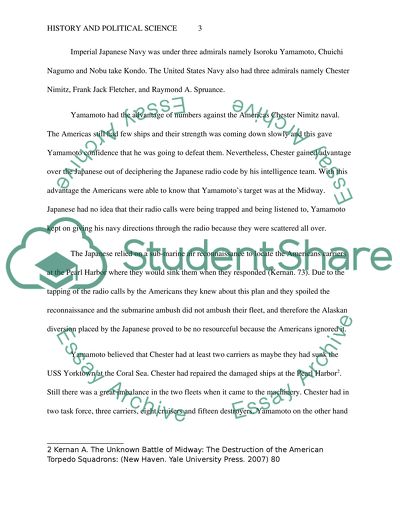Cite this document
(“Battle Of Midway (WWII) Research Paper Example | Topics and Well Written Essays - 2500 words”, n.d.)
Retrieved from https://studentshare.org/history/1495961-battle-of-midway-wwii
Retrieved from https://studentshare.org/history/1495961-battle-of-midway-wwii
(Battle Of Midway (WWII) Research Paper Example | Topics and Well Written Essays - 2500 Words)
https://studentshare.org/history/1495961-battle-of-midway-wwii.
https://studentshare.org/history/1495961-battle-of-midway-wwii.
“Battle Of Midway (WWII) Research Paper Example | Topics and Well Written Essays - 2500 Words”, n.d. https://studentshare.org/history/1495961-battle-of-midway-wwii.


